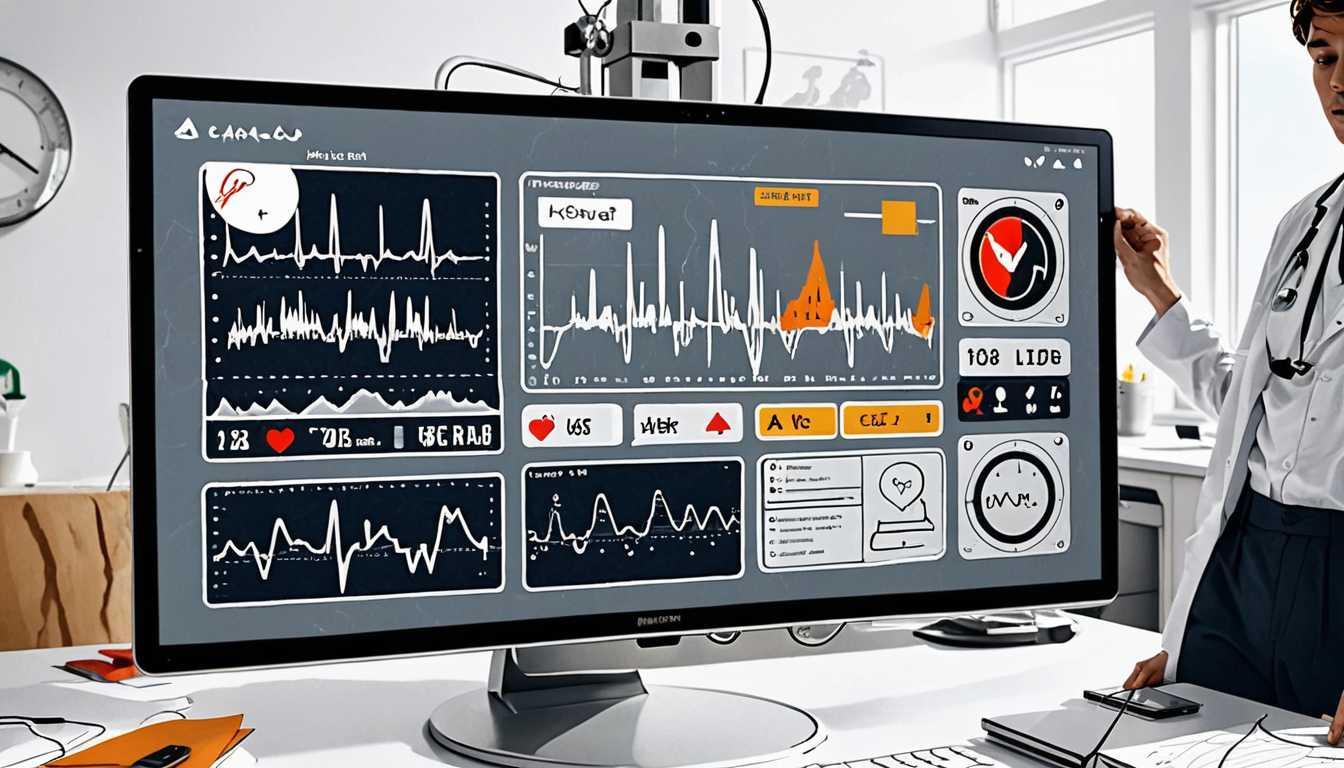Parkinson's Subtypes Unveiled: Machine Learning Breakthrough
July 2024
Cornell News Highlights
Introduction
Unveiling Parkinson's Mysteries: Learn how machine learning unlocks secrets of this complex disease. Dive into the groundbreaking research by Weill Cornell Medicine experts published in npj Digital Medicine, revealing distinct subtypes and potential new treatment avenues.
READ FULL ARTICLEWhy It Matters
Discover how this topic shapes your world and future
Unraveling the Mystery of Parkinson’s Disease Progression
Understanding Parkinson’s disease is crucial not only for those directly affected but for society as a whole. Researchers at Weill Cornell Medicine have recently made significant strides by using machine learning to categorize Parkinson’s into three distinct subtypes based on how quickly the disease progresses. This is important because it signals that there is no single way to treat Parkinson’s—different patients may require different approaches depending on their subtype. This research impacts the way we think about treatment and care, highlighting the need for personalized medicine in managing diseases. Moreover, the implications of this work extend globally, as it opens new pathways for drug development that could benefit millions of people suffering from this complex condition. As you learn about these advancements, think about how they might relate to your own health or the health of someone you know, and consider the exciting possibilities of technology in medicine.
Speak like a Scholar
Heterogeneous
This term describes a condition that has many different forms or symptoms. In Parkinson’s, it means that people can experience very different symptoms despite having the same disease.
Prognostic
This refers to the ability to predict the likely course or outcome of a disease. Knowing if a patient has a slower or faster progressing form of Parkinson’s can help doctors make better treatment plans.
Subtypes
These are different categories or types within a larger group. For example, the different progressions of Parkinson’s disease identified by researchers are its subtypes.
Molecular Mechanism
This term describes the specific biochemical processes that occur within cells. Understanding these mechanisms helps researchers know how diseases affect the body on a cellular level.
Cerebrospinal Fluid
This is the fluid that surrounds the brain and spinal cord. It can provide important information about neurological diseases when analyzed.
Translational Bioinformatics
This is a field that combines biology, computer science, and information technology to make discoveries that improve human health. It helps researchers use data to find new treatments for diseases.
Independent Research Ideas
The Role of Machine Learning in Medicine
Investigate how machine learning is transforming healthcare, with a focus on diseases like Parkinson’s. Explore case studies and analyze its potential and limitations.
Personalized Medicine in Neurology
Research how personalized treatment plans can improve outcomes for patients with neurological disorders like Parkinson’s. Consider the ethical implications of customizing treatments based on genetic profiles.
Comparative Analysis of Parkinson’s Subtypes
Conduct a comparative study of the three identified subtypes of Parkinson’s disease, examining how symptoms, treatments, and patient outcomes differ among them.
The Impact of Lifestyle Factors on Disease Progression
Explore how lifestyle choices (like diet, exercise, and medication adherence) influence the progression of Parkinson’s disease and the effectiveness of treatments.
Innovative Drug Repurposing Strategies
Investigate the concept of drug repurposing, focusing on how existing medications, like metformin, could benefit Parkinson's patients, and analyze the process involved in determining their effectiveness.
Related Articles

Pupils and Dreams: The Memory Connection
January 2025
Cornell News Highlights

Wearable Sensors: The Future of Healthcare
June 2024
Caltech Magazine

Unraveling the Brain's Tiny Wonders
May 2024
Harvard Gazette

AI: A Heartbeat Away from Equality
August 2024
King's College London - News

AI in Health Care: A New Era
December 2024
Cornell News Highlights